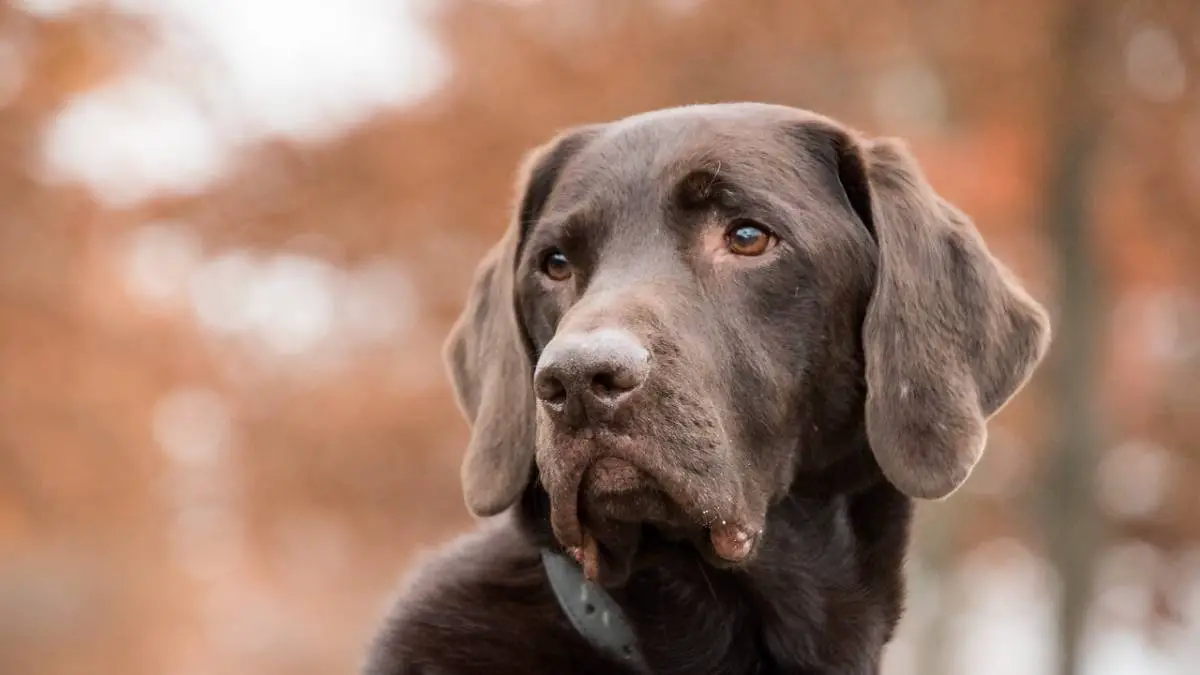All You Need To Know About Rectal Prolapse In Dogs
20.12.2022.
Rectal prolapse in dogs is a serious health issue that can affect any dog breed, regarding age or sex. There could be a few possible reasons why this condition could bother your dog, and to help him, you will have to find the underlying health issue.
If left untreated, rectal prolapse will and can cause additional health problems for your dog, and you will have to address this problem immediately. If you suspect your dog has a rectal prolapse, contact your vet and schedule a meeting.
In the meantime, here is everything you need to know about rectal prolapse in dogs.
What is rectal prolapse in dogs?
Rectal prolapse is a condition where the rectal tissue protrudes through the dog’s anus. This condition usually happens when the dog is straining to pass the stool or even when he is peeing.
This protruding tissue will have a bright red color, and if the prolapse isn’t treated right away, this color can quickly turn blue or black. This color will indicate that the blood through that tissue has stopped running and that the tissue is dying.
There are two types of rectal prolapse in dogs
1. Partial rectal prolapse
This type of rectal prolapse will happen if the small portion of the rectal tissue is visible only when your dog defecates. After your dog is done pooping, this tissue should return to its normal position.
2. Complete rectal prolapse
Complete rectal prolapse will happen when the rectal tissue protrudes through the anal and doesn’t return to its normal position, meaning it is visible the whole time.

Causes of rectal prolapse in dogs
There could be quite a few health issues that can cause rectal prolapse in dogs, and this will happen as a symptom of some other underlying health condition that is bothering your dog.
In most cases, rectal prolapse in dogs will happen when the dog is straining while pooping or urinating. Also, this condition could happen to female dogs when they have difficulty birthing puppies.
Other health issues that can cause rectal prolapse to appear to include:
- Constipation
- Parasites
- Cancer
- Problems with the intestinal tract
- Prostate problems
- Foreign objects
- UTI – urinary tract infection
- When the anal glands are not working properly
RELATED: Anal Glands In Dogs: All You Need To Know
What are the symptoms of rectal prolapse in dogs?
Noticing rectal prolapse in dogs will be pretty easy. If you ever notice tissue protruding through the dog’s anus, whether it is temporary or complete, you will understand that something is wrong.
Usually, this condition will not be painful for the dog, but there could be a situation, depending if the underlying health condition is bothering your dog, to cause some additional pain and swelling in the anus area.
If your pet is straining to defecate or urinate, you must ask for a vet’s help. This problem will not go by itself, and your dog should receive proper medical attention.
GOOD TO KNOW: One common indication that something is bothering your dog is scooting. If you notice that your dog has started to scoot, he for sure has some issues with his rear end, and you will have to find the reason behind it.

How do vets diagnose this health problem?
A physical exam is a first and most common way of diagnosing this problem. Your vet will examine your dog’s anus and the rectal tissue and will be able to quickly determine if your dog is suffering from rectal prolapse.
To remove the possibility of parasites as the main cause of prolapse, your vet could request a fecal examination. Blood work is usually done whenever your dog has a health issue to determine the right number of white blood cell count since changes in normal range number could indicate infection.
RELATED: Dog Anal Gland Smell - How to Get Rid of It?
Treatment for rectal prolapse in dogs
The correct treatment can vary depending on the rectal prolapse severity. In most cases, for mild causes, your vet will thoroughly clean the rectal area. After cleaning, your vet will gently put the rectal tissue in its correct position. In most cases, sutures should be used to hold the tissue in the right position and prevent prolapse reappearance.
Your vet could request surgery for the more severe cases of rectal prolapse. This usually happens when the rectal tissue is dying or is already dead. With surgery, your vet will remove the dead tissue and reduce the further complications and risks of other serious health problems.
The prognosis for rectal prolapse in dogs
For most dogs, the prognosis is pretty good. You must understand that there will have to be changes in your pet’s life to prevent future prolapses. For most dogs, dietary changes are required for the rest of your dog’s life. Your vet will give you thorough instructions on what you will have to change.
If the main reason for rectal prolapse was some underlying health issue, you must find the main cause and properly treat it. Only that way can you ensure that the prolapse will not reappear.
Your vet will suggest that you bring your dog for a more regular checkup to ensure that the recovery is going according to plan and that the prolapse will not affect your dog again.

RELATED: Can Dogs Get Hemorrhoids? Causes, Treatment, & Symptoms
Is there a way to prevent this from happening?
The best way to prevent rectal prolapse in dogs is to notice straining when your dog is popping or urinating. The sooner you address the straining, the less likely the prolapse will happen in the first place.
Suppose there is some underlying health condition that is bothering your dog. In that case, you will also have to address it properly to secure your dog and potentially prevent rectal prolapse.
World Dog Finder team







Share